Grensen (NO)
The Synthetic Site Folder and Site Brief are available for free.
Please register and login to access the Complete Site Folder.
- Synthetic site folder EN
- Site Brief EN
- Site on Google Maps
- Back to map
Data
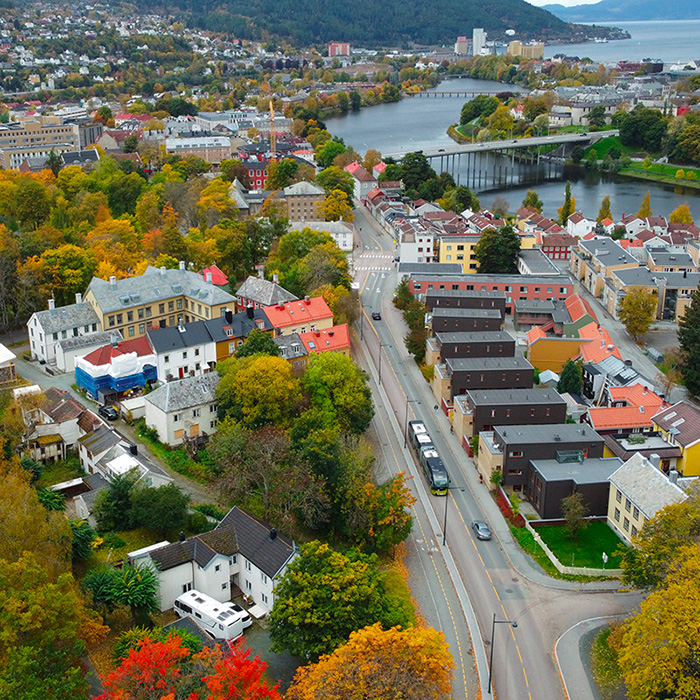
GRENSEN (NO)
Scales L/S
Team representative Architect, urbanist and landscape architect
Location Trondheim
Population Trondheim kommune 201 496 inhabitants
Reflection site 34 ha - Project site 0,7 ha
Site proposed by NTNU (Norwegian University of science and technology)
Actors involved NTNU
Owner(s) of the site NTNU
Commission after competition Commission valued at 500. 000 NOK (ex VAT) in 2024/25 for developing the project further through involving users, giving feedback to the zoning plan and revising designs. NTNU retains the option to increase the commission’s size and scope with another NOK 500.000 at a later stage.
More Information
Inhabited milieu's challenges
The Europan 17 site Grensen is strategically located between The Norwegian University of Science and Technology (NTNU) and Norway’s 3rd largest city, Trondheim. NTNU is planning a major restructuring of its campus and these upcoming changes will elevate Grensen to a strategic position as a campus access point from the city as well as embedding it firmly between new university buildings.
NTNU enters Europan 17 for ideas on how to make Grensen a living lab for CARE: experimental architectural approaches to working with built heritage through innovative adaptation and thoughtful programming. The site and its historical wooden buildings have the potential to become a platform through which the campus can open up to the city, mixing uses and adding diversity and liveliness to the area.
NTNU acquired the site with future development in mind, but challenges arose after the existing buildings were listed as historically significant. A period of uncertainty followed, with the listed buildings being rented out or used as temporary accommodation for visiting researchers. Half of the houses have fallen into disrepair from neglect and are currently uninhabitable. There was no coherent plan for Grensen and seemingly no hope for the quietly decaying buildings. Now entering into Europan, the site has a chance to come alive as a meaningful link between the university and the city.
The university sits on a hill overlooking Grensen. This physical removal of the campus from city life has created challenges for students and faculty, who have pitched ideas for potential on-site programs. Visions have included a meeting spot for visiting researchers, faculty and neighbors, a space to showcase and com- municate ongoing research and in general, serve as a social interface between the university and the city.
The university can feel like an isolated island and increasing concerns for the mental health of university students and staff make the task of connecting NTNU and the city through Grensen all the more critical. Grensen is not just a mere revitalization project. NTNU’s mission statement is creating new knowledge for a better world and the site’s unique situation and proximity to campus makes it an ideal place for experimentation. Can the site bring the university down from its hill and become a living lab where research and prototyping can happen in a real-life setting?
The site poses needs that the university’s faculties are uniquely positioned to answer. NTNU is at the forefront of research on architectural preservation, sustainable building practices and technology for building energy efficiency. The houses of Grensen belong to historical typologies typical to buildings in Scandinavia and this makes the site ideally suited for practice based research projects on everything from energy efficiency to social sustainability. By working intelligently with its built history, Grensen can become a living link between the city’s rich past and forward-thinking future.
Questions to the competitors
Propose a concept and a process for transforming Grensen into an extroverted, social and accessible urban environment so that the area can function as a social interface between the city and the university.
Do this through innovative architectural interventions and thoughtful programing of university functions under an umbrella of a living lab that can generate knowledge for a better world.
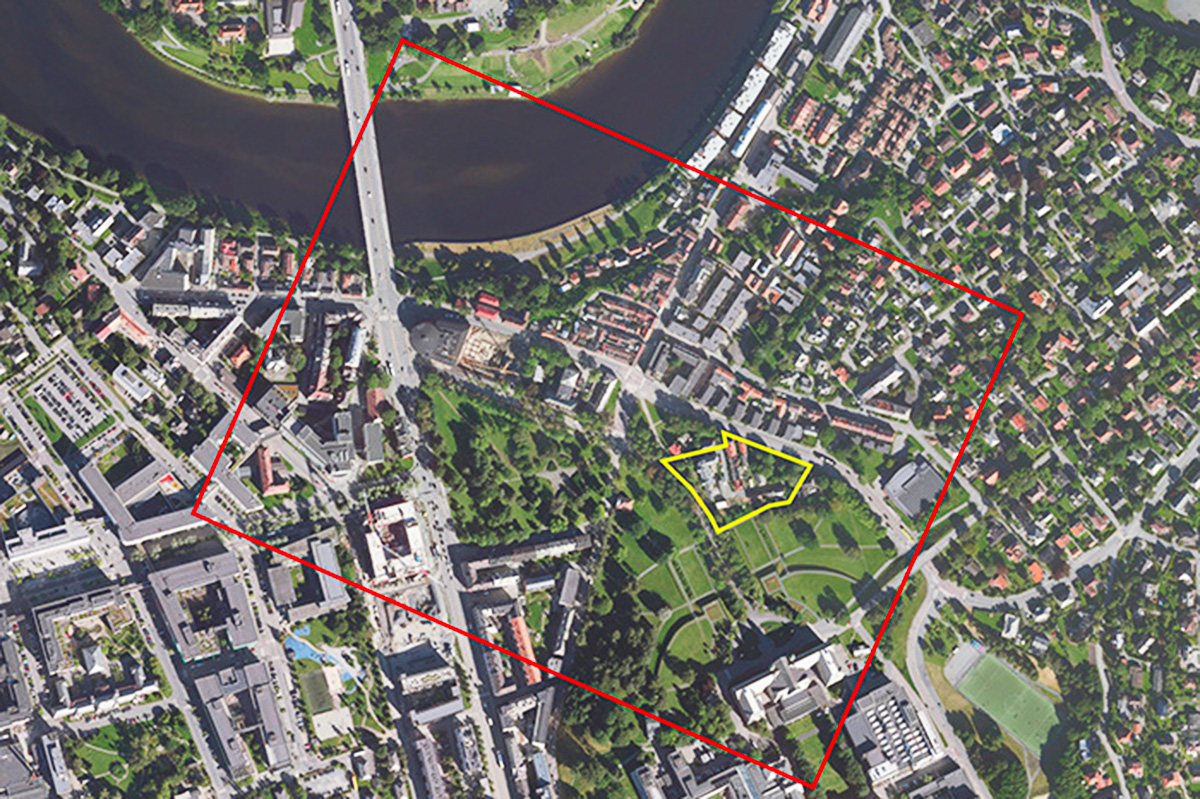
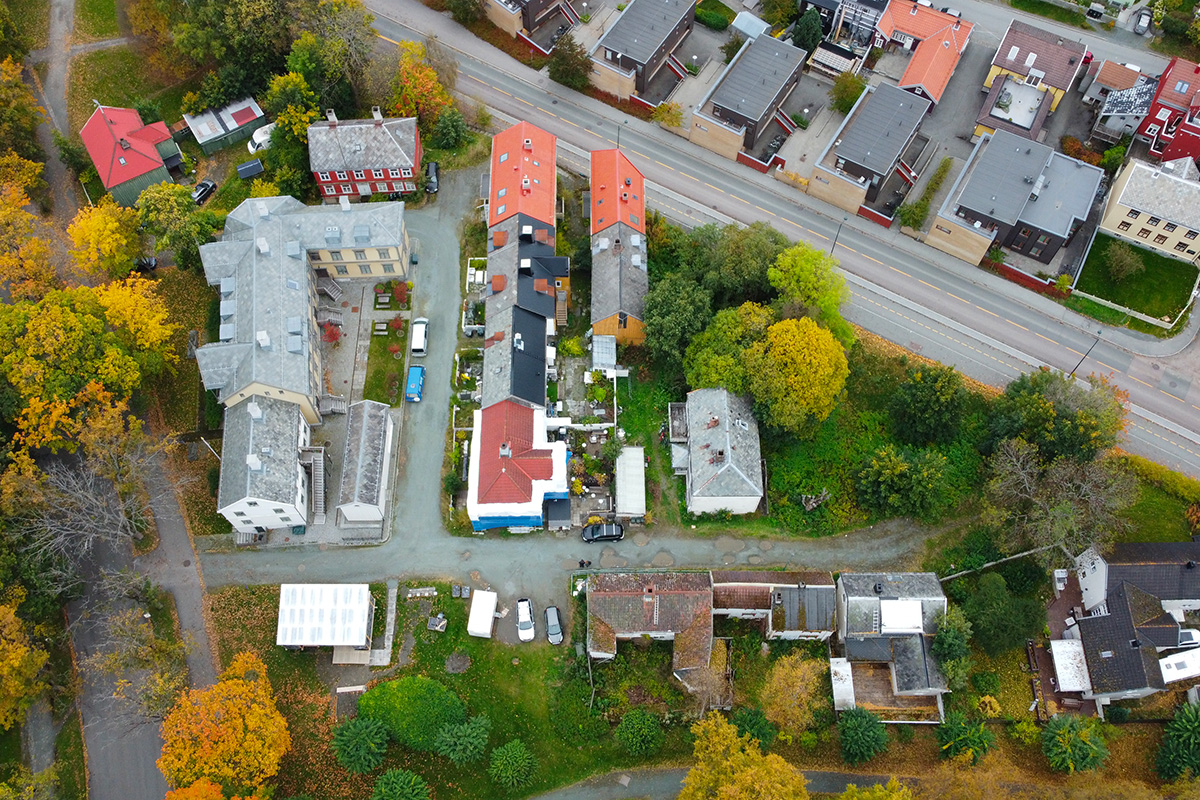
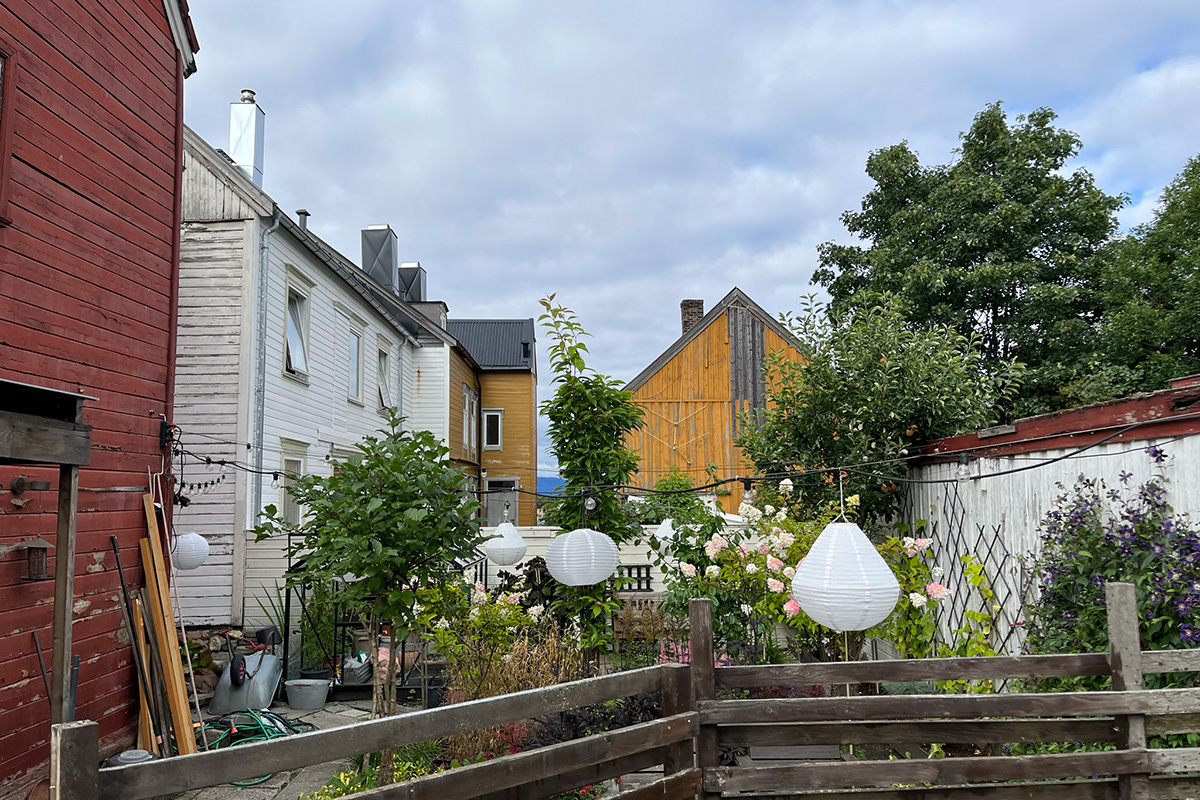
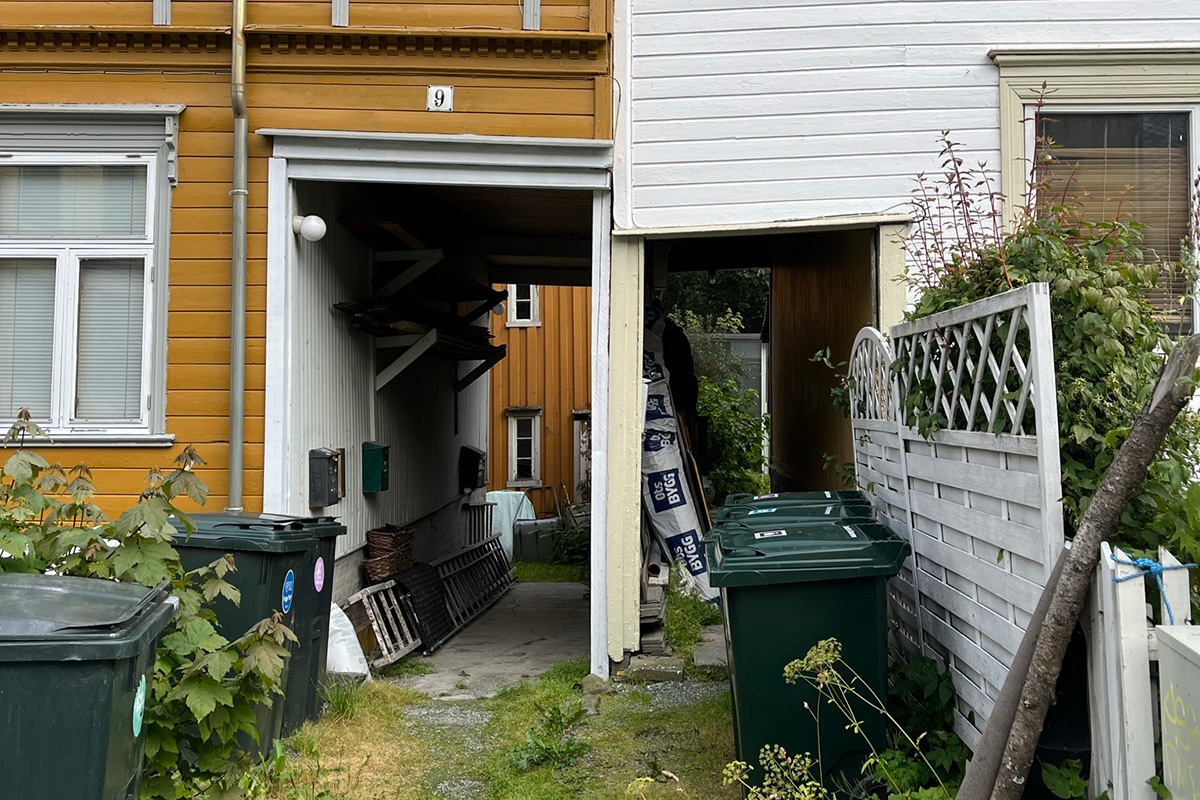
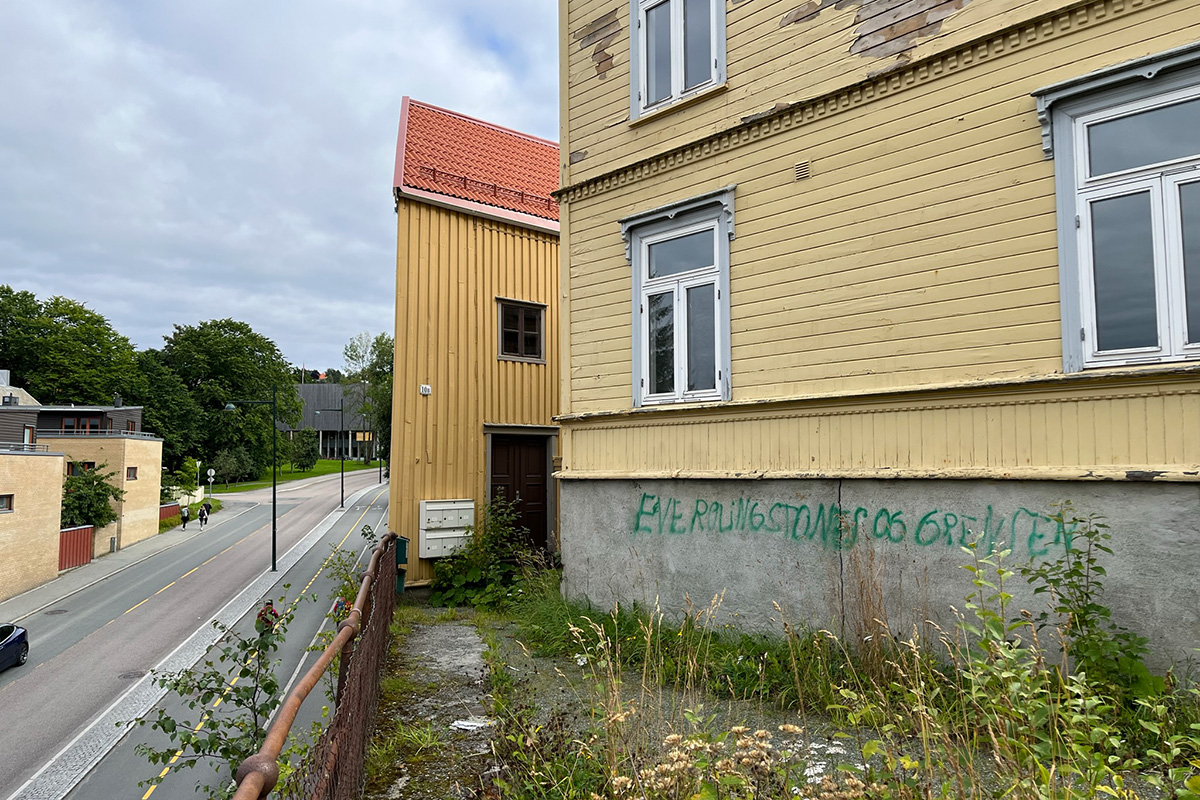
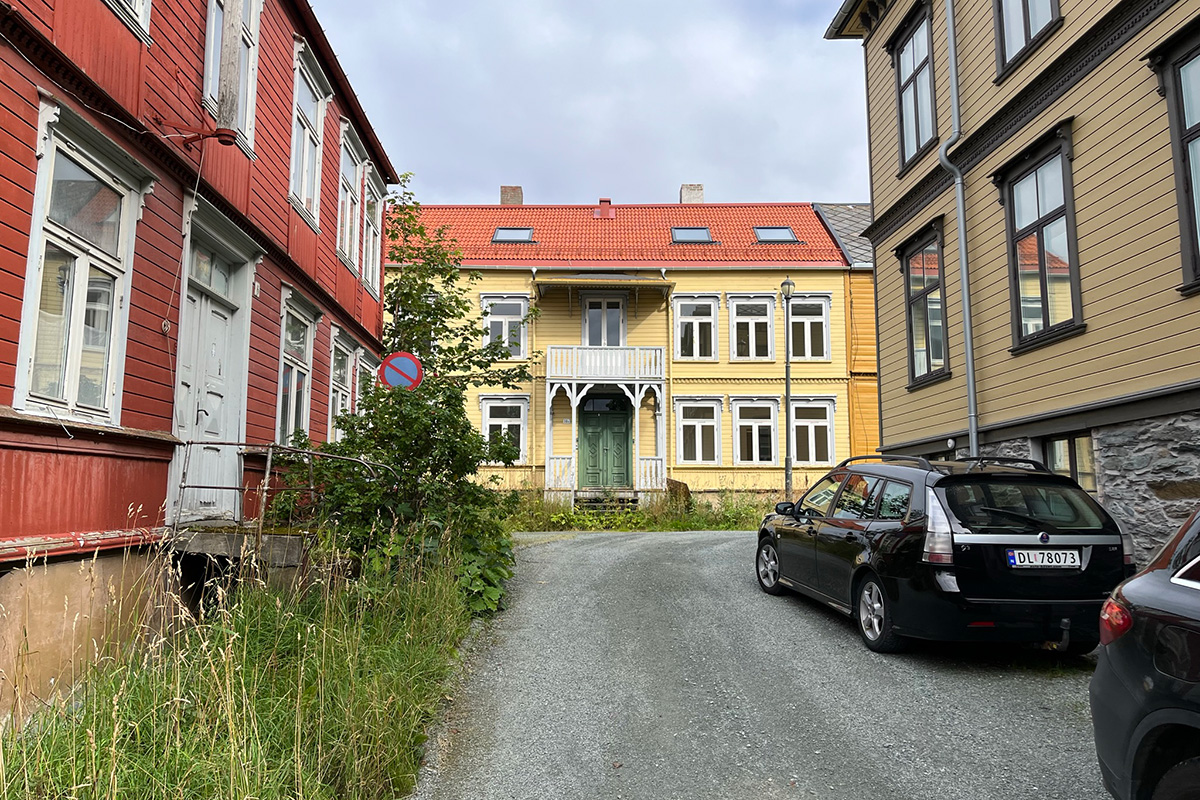
Questions on the site
Dear staff, I have been viewing the documents included in the complete folder, but I can’t find any plan, section and elevation of the project area and of the buildings on the site (except a general plan). Could be possible to receive additional drawings, i.e. sections and elevations for each building such as the drawings included in the brief?
Yes. It seems the files were missing by mistake.
-They have now been uploaded to the "0- new docs after launch" folder.
Dear staff, could you clarify the meaning of: “the building can be moved or demolished” (Brief, page 20)?
The type of old wooden houses present on Grensen are relatively easy to move. The phrase refers to the map of buildings on the site, and the comeptitiors are free to propose new locations for the buildings, or remove them comepletly if it works with their concept.
Dear staff, is there a regulation that we should take into account to design the interventions on the buildings (class B-C) in the project area?
The regulations that have to be taken into consideration are described in the brief. One of the important parts of this task is to make a good concept on how to put the historic buildings to good use, and how to design new architecture in and around the old houses. There are no specific regulations the comeptitors have to follow to achieve this. The competitors will be judged on the overall strength of the concept.
Dear staff, we have found the drawings for the existing buildings that were uploaded recently. Unfortunately, we could not find the ".dwg or .dxf" versions as these were only in PDF format. Would it be possible to upload the ".dwg or .dxf" format for these drawings? Thank you very much.
Unfortunately, the drawings of the existing historic buildings are only available in pdf. We have no dwg or dxf versions of them.
Dear staff, Could you tell us what exactly are we allowed to do to the existing listed buildings (Class B &C)? For instance, can we propose a new roof? New openings on walls? Amend the wall finish, colours etc? Ultimately, are we allowed to move or demolish the building if it's necessary as building no.12 is planned to be demolished?
The purpose of the competition is to transform the site by employing thoughtful and creative approaches to adapting the historical buildings to new uses as well as adding new architecture, all while preserving the overall historical character of the area. Therefore, there are no absolute rules regarding what you can or cannot do. The brief contains a thorough description of why the buildings are listed and which elements are most important to preserve. Buildings that can be moved elsewhere or demolished are clearly marked in the brief. Other buildings need to stay, but can be proposed to be relocated within the site if deemed necessary. Please note that the process of moving a building is not straightforward, and it can be challenging.
Dear Staff, We understand that the drawings of the existing historic buildings are only available in pdf, but the building Hogskoleveien 2-4 is recently renovated. Maybe the dwg or dxf files of this building could be made available? Thank you
We have found 3d models in ifc format and uploaded to the new documents after launch forlder. The files can be opned in Solibri and imported into other BIM programs.
Could we have more detailed information on the new University Building next to Grensen site. Especially its architecture and the landscaping?
The new univeristy building next to Grensen is still under planning and we have little information on its architecture and landscaping. We have found an old 3d model that can give some information on the massing, however we dont know if this will be the final desing. Generally, we can assume heights and entrances will be roughly the same.
Dear staff: - Is it possible to demolish or to move the building number 2 (the one not unite to the building 4)? - Is it possible to close a road to car traffic? - Will be build a car ramp near to the new building 6? Thank you very much
The buildings that can be demolished are marked in the breif. Other buildings can be moved within the site. Yes, its possible to close the interior roads to traffic. In general, no project will be disqualified on basis of what solutions they propose, even if they break with the limitations in the brief. However the jury will judge the strength of the proposals based on the the overall concept and how it meets the needs, and considerations laid out in the brief. Between building 6 and 4 there is a road. Between building 6 and 10 towards Christian Fredriks gate (street) there will be built stairs.
In brief mentioned that it university staff, students and other stakeholders were involved in creating visions and program development for Grensen. Where can we acces this information? Also if any surveys or interviews were conducted please share the data. Thank you!
A full summary (in norwegian) has been uplaoded to the "new documents after launch" folder. Detailed interviews or survey data is not available.
Is the recording of the Grensen site tour still available? This unfortunately does not appear to be on the Norway Europan Facebook anymore.
It seems like it might have been deleted of the facebook by mistake. We are looking for a backup.
Are any of the trees in the triangular lot protected? Can some of these be removed?
The trees in the triangle lot has no formal protection.
Can you provide the pdf or DWG elevations for buildings 10b and 9b?
Unfortunately these elevations do not exist. We only have elevations of Grensen 10A and 9A. The few drawings we have of these buildings are compiled from older student assignments form the architecture school and only available in the limited resolution thats been uplaoded as a pdf in titled floorplans and elevations.pdf in the new documents after launch folder.
The ArcGIS website provided does not seem to load, please could this be verified? https://storymaps.arcgis.com/collections/d6c1f81b5c4845a8a788058abf0385f6?item=2
It should be working normally. The website is a bit heavy so make sure you have a good internet connection.
Is there a budget limit for the new construction and refurbishment?
There is no budget. A budget and plan for how to develop the area will be made after the Europan comeptition and the selection of a concept.
Should Grensen 4 building (Class B) remain exactly as it is now when integrated in the new project, since it has been recently renovated, or can we also change it if needed?
Some changes to the buildings can be considered if important for the overall funciton and concept for the site. Realistically, as they are newly renovated, the university will prioritize renovating the rest of the site, so your entire concept should probably not be dependent on a total transformation of Grensen 4.
How many students in general work in an office for one campus-wide student organization? What type and size of spaces is needed for these organizations?
NTNU has many student organizatiosn, more than what can fit inside the Grensen area. The organizations that will get an offer to be part of Grensen will be the ones where both their activitites and their spacial needs fit with the winning concept and the spatila parameters of the site,
Typically student organizations need a base/office that can fit 2-3 people. Some will also need some storage. Meeting rooms and simple kitchen/break areas can be shared among several organizations. Many organizstions need larger meeting/gathering rooms, some need workshops.
We have attached a plan for a previous study of a "student association hub" to illustrate. The plan is for inspiration only.
Considering Trondheim colder climate, how much are open spaces generally used throughout the year by students?
The open spaces are generally used to a very high degree in summer when the weather is nice. They are used less in the winter.
What are the limitations for the preservation of the historical buildings – Class C? Are there precise rules given by the Monument Protection Institution? Can we change the original structure inside, can we use new materials, can we extend protected buildings and connect them to the new building? Can we change their appearance?
These are clearly described in the brief. Class C means the buildings are significant because of the overall historical character of the area and so facades are the most important thing to preserve. Yes you can change the structure and connect them in new ways. We are looking for sensitive yet bold approaches to preservation and finding new use for historical architecture. You can change the aparence of buildings, but should do so consciously and maintian an argument for why you choose to challenge the preservation of the exterior.
What is the height limit for the new building – does 42m above sea level mean about 11m building height in total (the site is at about 31m above sea level)? What are other urban parameters – total floor area, plot occupancy, expected GFA?
Above sea level means just that, and the limit is put in place to preserve the sightlines between the main university building and the cathedral downtown. The competition is about exploring concepts for how to develop the site, so you are free to explore how to develop the site and explore how much program and floor area it can take.
Can you give us more information on the local flora and fauna of the site? What are local trees, bird species, insects, greenery…?
We dont have a detailed survey of the species living on the site. What we have is summarized in the brief. There are several databases you can use to explore protected species,
Here are a couple of municipal sources to nature types in Trondheim: https://www.trondheim.kommune.no/naturtyper/, https://www.trondheim.kommune.no/tema/klima-miljo-og-naring/natur/natur/Naturtyper-kartlagt-i-Trondheim/, https://www.trondheim.kommune.no/tema/klima-miljo-og-naring/natur/natur/
This site is connected to the following theme
IMAGINE A SECOND LIFE! A Second Life! is a metamorphosis of a situation. The challenge is to regenerate and to support spaces in need of transformation from a new perspective towards the pre-existences and the hidden treasures that are already there. A new revalorization of all kind of resources – natural, heritage, energy, flows, economy, social… It means to reconsider uses and new proximities linking ecological and social dynamics. How to be attentive and welcoming to differences and vulnerabilities nourished by inhabited milieus facing climate change?
Transforming neighbourhoods and buildings towards an inclusive milieu
Specific documents
Questions on the site
You have to be connected –and therefore registered– to be able to ask a question.
Fr. 16 May 2025
Deadline for submitting questions
Fr. 30 May 2025
Deadline for answers
Before submitting a question, make sure it does not already appear in the FAQ.
Please ask questions on sites in the Sites section.
Please ask questions on rules in the Rules section.
If your question does not receive any answer in 10 days, check the FAQ to make sure the answer does not appear under another label or email the secretariat concerned by the question (national secretariat for the sites, European secretariat for the rules).